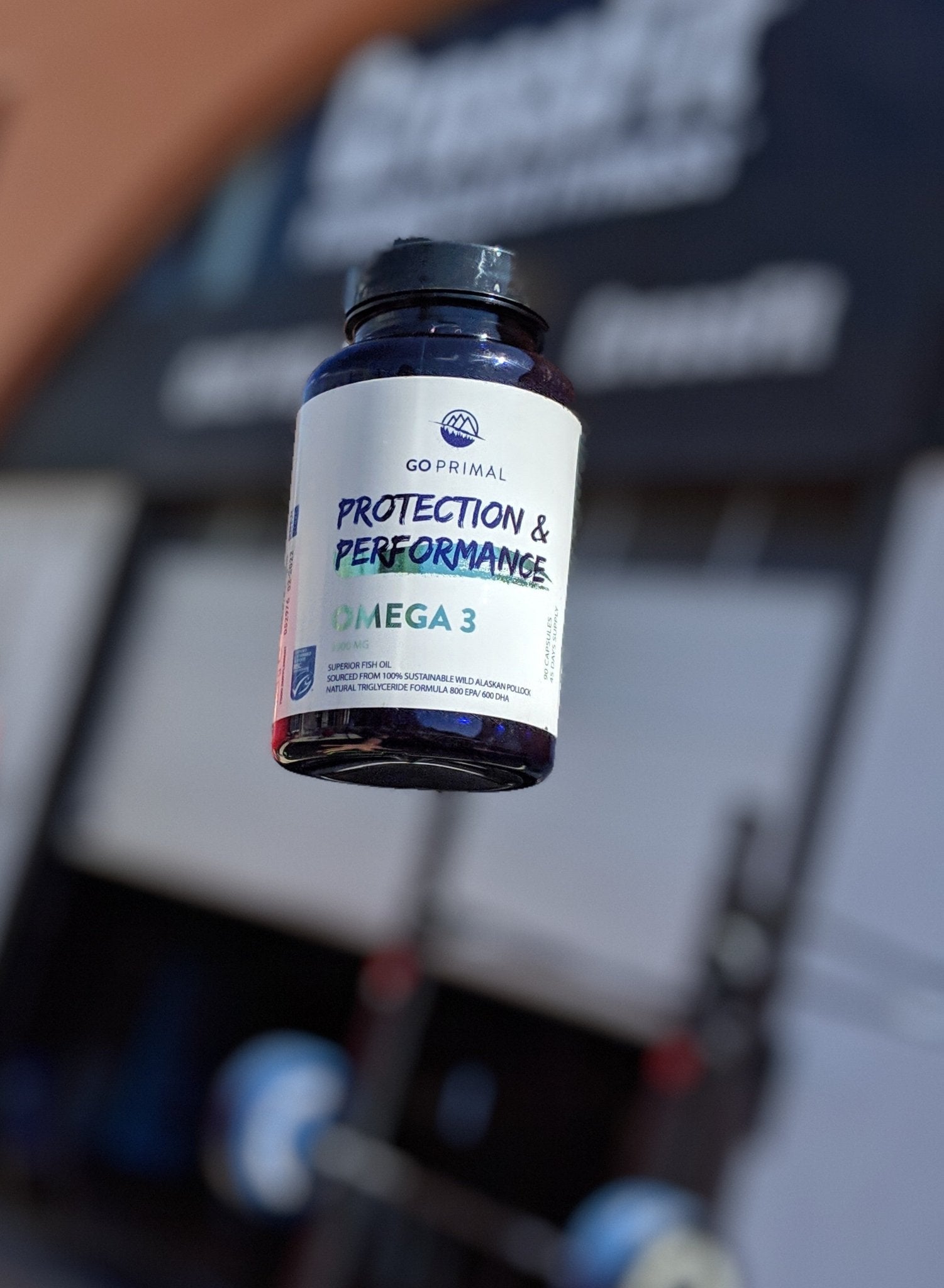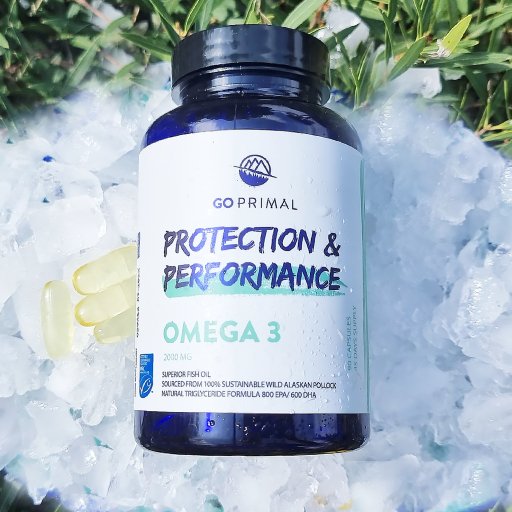
Fish Oil Transparency and Sustainability
A few months ago, we upgraded our Omega 3 fish oil and pushed it to the absolute top-level, not only quality-wise but also when it comes to sustainability and transparency. Have you ever wondered where our fish oil comes from? Let us take you on a little trip!
What fish is used?
We exclusively use Alaskan Pollock, which is sustainably caught in the clean arctic Bering sea where the fishery has a 37-year record of sustainable fishery management. The Alaskan Pollock fish stock has shown an increase of 65% in biomass, according to 2014 NOAA assessment and is caught with selective mid-water, pelagic trawl (not destructive demersal bottom trawl fishing practices which destroy the floor bed of the sea).What happens then?
Within hours of catch, the wild-caught Alaskan Pollock are hand-sorted and processed to ensure maximum freshness and the lowest possible totox value.So, what is this totox value that we are talking about?
Totox is an important measure of an oil´s oxidation level. Have you ever smelled or even tasted a rancid oil? It´s really disgusting, that´s why freshness is key! Omega-3 oils are extremely sensitive to oxygen, heat, and light – before you decide to buy a fish oil product, make sure how low the totox is -> lower totox=fresher oil and your benefit is that you get a longer product stability ratio, better taste, and smell and of course you avoid those nasty fish burps. Keep in mind not to buy fish oil from manufacturers that mask their bad totox values with masking agents. Often even artificial flavor is used. Most commonly used masking agents are caramel, citron or vanilla.
MSC Marina Stewardship Council:
Our fish oil is awarded to carry the prestigious ecolabel certification from the Marina Stewardship council for sustainability (ultra-low bycatch and non-target species <1%).
The MSC has developed standards for sustainable fishing and seafood traceability to keep resources for following generations but also biodiversity in the sea high.What else is important?
-
The form of the fish oil?
-
What are the capsules made from?
-
Amount of Omega3
-
Quality
-
Sustainability


